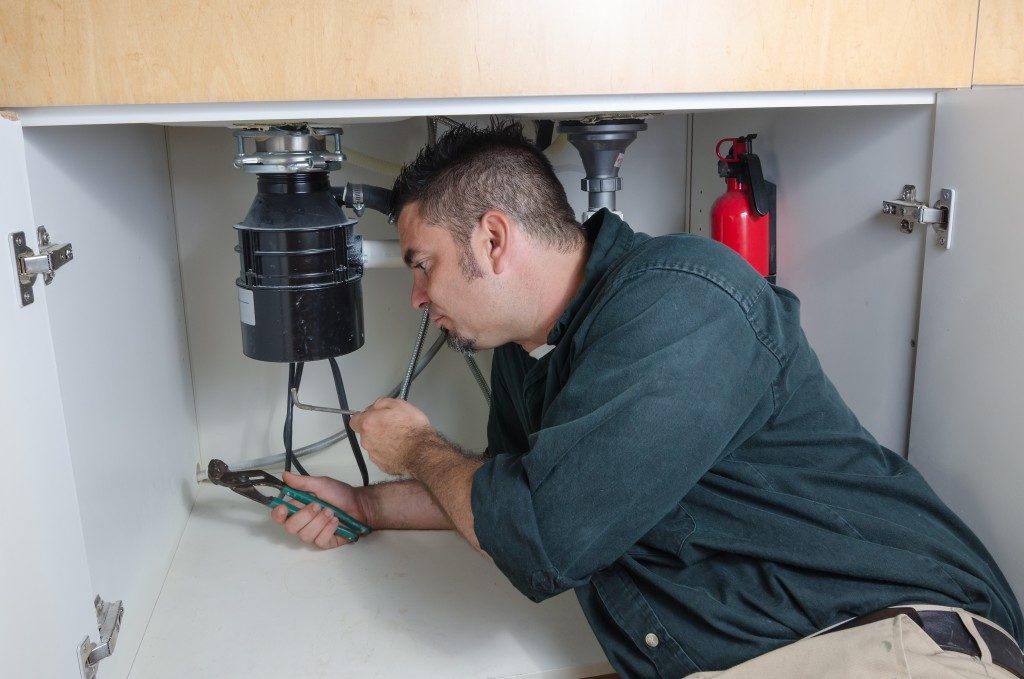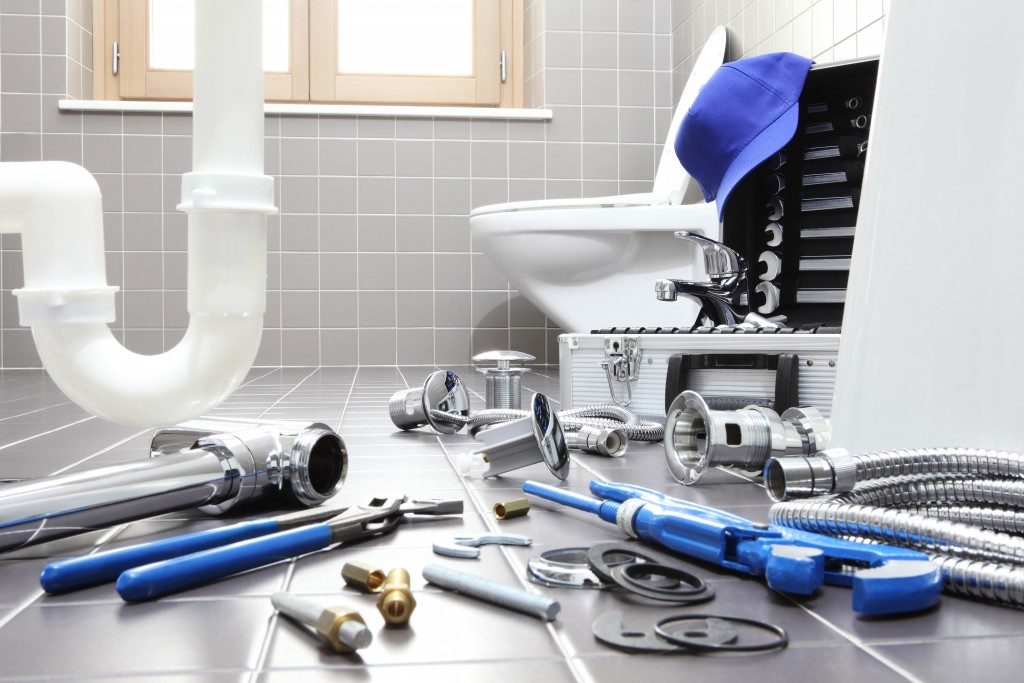How can you avoid making a huge and potentially costly mistake? Of course, you have the freedom to choose whether a plumbing job is within your skill to perform. At this time, you’d better hone your skills in identifying the different types of valves before you start with the task.
Pipes, pipe fittings, and valves are some of the products you will find on the shelves of the biggest plumbing supply store in Utah. Oftentimes, the failure of a do-it-yourself plumbing project cannot be attributed to the choice of pipes and fittings. An amateur’s choice of valves is usually established as the source of failure.
A brief introduction to valve function
You probably remember from high school biology class that the valves in the veins of the human body help facilitate blood flow from the limbs back to the heart. If you have forgotten this bit of information do not fret. It’s just a reference to the similarity of valves in the human body and valves in the plumbing system. The valves you will be using in your DIY project have two major functions—shut off and regulation of the flow of water within the pipes. Your selection will depend on function first and foremost. Valves have to deal with various factors affecting the water flow, including pipe size, pipe material, and amount of water pressure within the pipes as it flows from the utility provider or private well.
Be familiar with the different types of valves
Shut off valves are possibly the most familiar to amateur plumbers. It is very likely you have already used one. As implied by the name these valves turn capacity on or off, in this case, the continuous flow of water. Ball valves are commonly encountered in the plumbing system. The mechanism to turn something on and off relies on actions of a lever and a solid metal ball. Ball valves are not ideal for partial opening and closing, but they close quickly enough. Meanwhile, a gate valve may utilize a hand wheel to facilitate closing. Its primary function is for shutting off water flow, but it is may also be used for regulation purposes. This type of valve allows for incremental closure.

However, it is not encouraged to regulatory use given the fact that it might wear easily, and cause leakage in time. Professional plumbers work with different types of valves all the time. Their choice would be determined by their experience with the valves in the past, and how they performed in specific situations.
A good example of a regulatory valve function is manifested in the uses of a globe valve, which you will find in outdoor and utility faucets. It consists of a stopper designed to seal off water flow and a valve knob. They are particularly useful in areas of the pipeline where regular adjustment is necessary. In water storage appliances, the typical choice for water regulation is the check valve, which consists of a water inlet and outlet. It facilitates the flow of water in only one direction, and in effect acts to prevent back-flow.
Remember, your plumbing project will only succeed if you choose to use the right valve. Do your homework!

